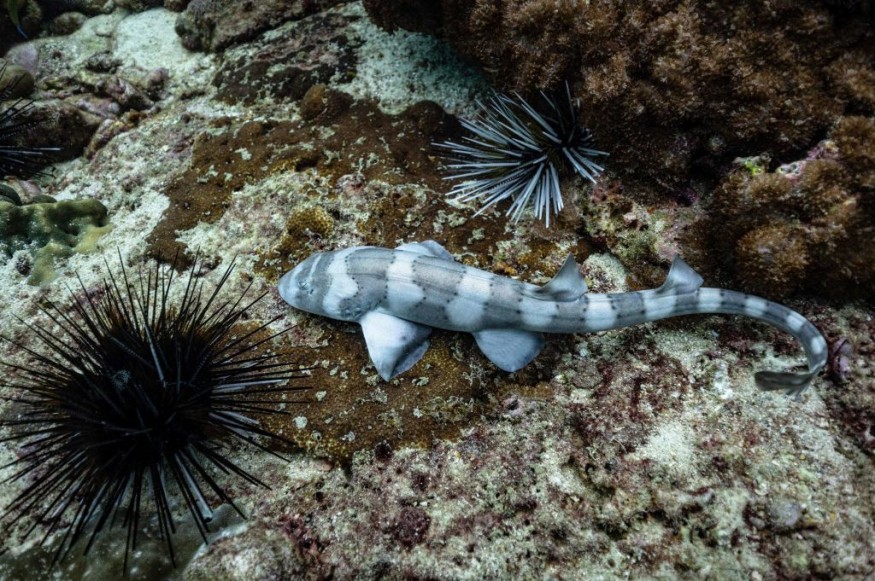Unknown species and life forms are waiting to be discovered beneath the oceans.
A new study suggested that unknown species, a vast higher diversity of undiscovered life-forms, are waiting to be discovered in the deep ocean seafloor.
The new study claimed that in spite of the current knowledge that we have of the high number of diverse life-forms beneath the ocean, a higher form of biodiversity beneath the oceans exists.
Unknown Marine Species Waiting to be Discovered

The new study was published in the journal Science Advances on Feb. 4.
The study's researchers gave a global-level or complete picture of diverse undiscovered life-forms living in the ocean seafloor.
The study fills the gap of previous research on organisms living in remote deep-ocean sediment ecosystems.
"It's been known since the 1960s that species diversity is very high in the deep sea, so very high numbers of species," says the study's co-author Andrew Gooday via Live Science, a deep-sea biologist and emeritus fellow at the National Oceanography Centre in England.
Gooday added that the new discovery about the study was that there is significant diversity of unknown species and undiscovered life-forms at the higher taxonomic level.
The study acknowledged that there was already an established research when it comes to the analysis of DNA-collected from the ocean floor up to the surface.
What makes the new study unique is that it gives a holistic picture of the biodiversity found on the ocean floor, as per Live Science.
Ocean Seafloor Ecosystems are the Least Studied
The surface of Earth is covered 71% with water, and 96.5% of this water surface are oceans, according to the United States Geological Survey (USGS).
This definition of the USGS to the large oceanic areas covering the Earth is evident on the current ocean floor map.
However, the new study claimed despite the vastness of the oceans, they are the least-studied ecosystems across the world.
This is due to challenges linked with the complex terrains and depth of oceans, making land ecosystems easier and more frequently studied than ocean floors.
What Makes the New Study Unique?
The new study's research team deviated from the traditional method of identifying unknown species or life-forms one by one.
Instead, the team collected samples through a method called sequence variants, which involved matching a particular type of multiple DNA until the rest are left out.
First, the team conducted the study by sequencing DNA from 418 seafloor samples from all ocean seafloors between 2010 and 2016.
The researchers then compared these samples with existing DNA data.
Lastly, they separated DNA of known dead organisms from the DNA of organisms on the seafloor.
Based on this method, the researchers came up with a result that some of the DNA of known dead organisms does not match known life-forms on the seafloor.
This result highlighted a large number of DNA belonging to undiscovered families, order, or other groups high above the taxonomic hierarchy.
Related article : Specialized Clams Serve as Sea Floor Eco-Engineers
© 2025 NatureWorldNews.com All rights reserved. Do not reproduce without permission.





